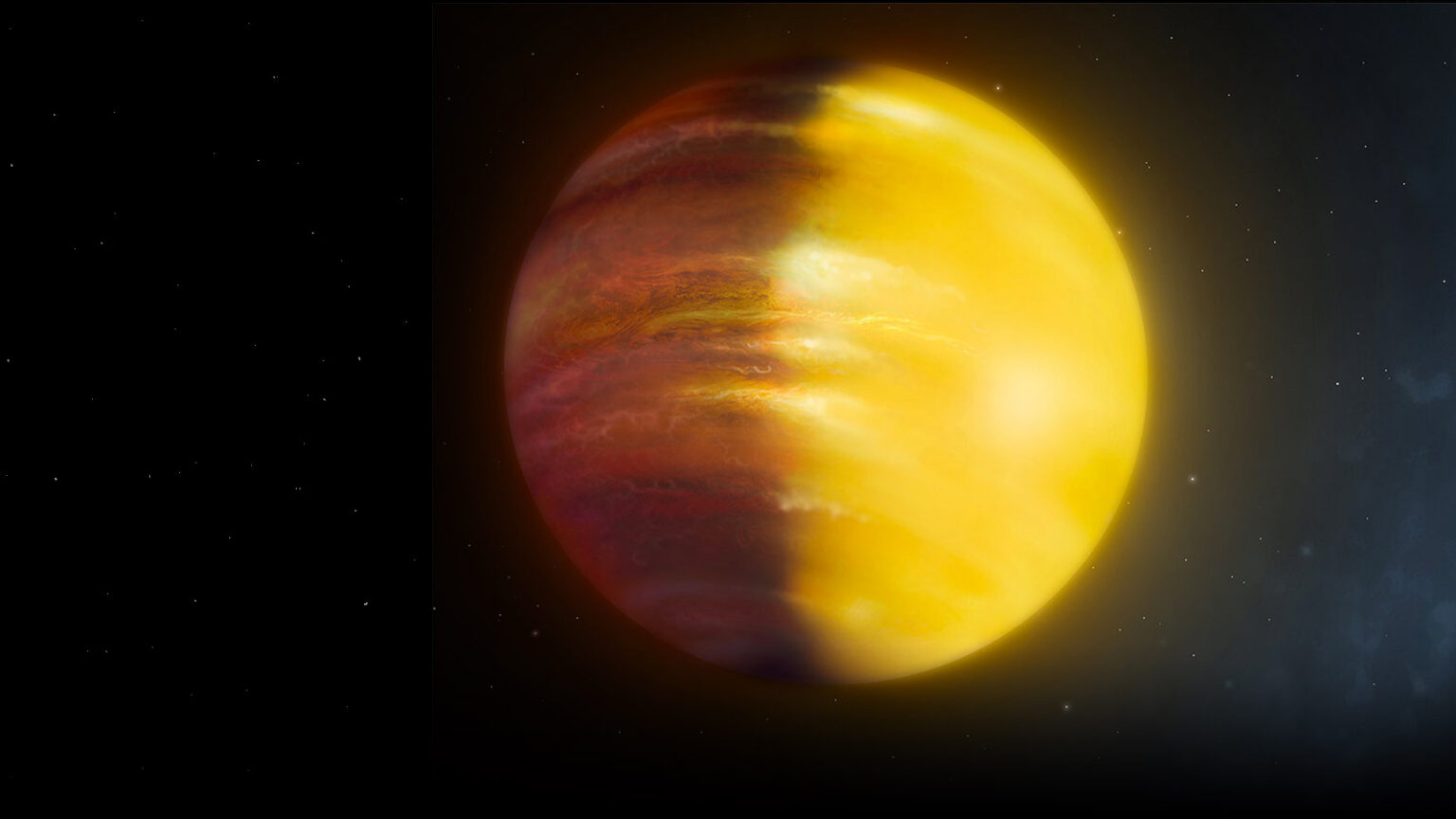The TESS Space Telescope has found an exoplanet that resembles Saturn in size and other characteristics, though without its rings. It orbits a dim red dwarf.

TESS found something similar to Saturn
A team of astronomers led by Te Han from the University of California at Irvine confirmed another TOI, which was observed by the Transiting Exoplanet Survey Satellite space telescope, better known as TESS.
They could see signs of something passing through the star’s disk on the light curve of TOI-5344, a red dwarf located about 444 light-years from Earth. The planetary nature of this signal was confirmed by further ground observations.
The planet TOI-5344 b is almost 10 times larger and 135 times more massive than Earth. This means that its density is 0.8 g/cm3. The planet orbits its star in 3.8 days. The average distance from it is 0.04 AU. The equilibrium temperature of TOI-5344 b is estimated at about 679 K.
Big planet near small star
Another interesting feature of the new exoplanet is that this gas giant is orbiting a red dwarf. Until recently, it was believed that planets with masses 80 times larger than Earth’s were not found here. However, they have recently begun to be found.
The star TOI-5344 has a radius of approximately 0.56 of the radius of the Sun, and its mass is 0.59 of its mass. The age of the luminary is estimated at 7.1 billion years, its effective temperature is 3770 K, and its metallicity is estimated at 0.48 dex. The latter makes it the richest in metals among all red dwarfs, around which giant planets orbit.
Systems in which a gas giant orbits a red dwarf are of interest to scientists due to the fact that they do not fully understand where they get so much material in the protoplanetary disk. But perhaps it’s not the quantity, but the way it has been grouped. In any case, studying the TOI-5344 system can help advance this issue.
According to phys.org
Follow us on Twitter to get the most interesting space news in time
https://twitter.com/ust_magazine
